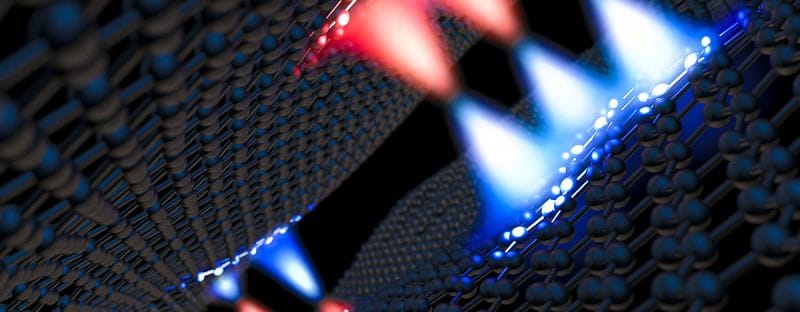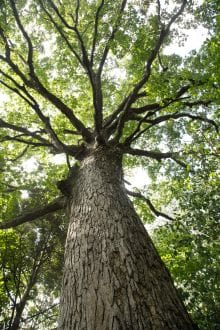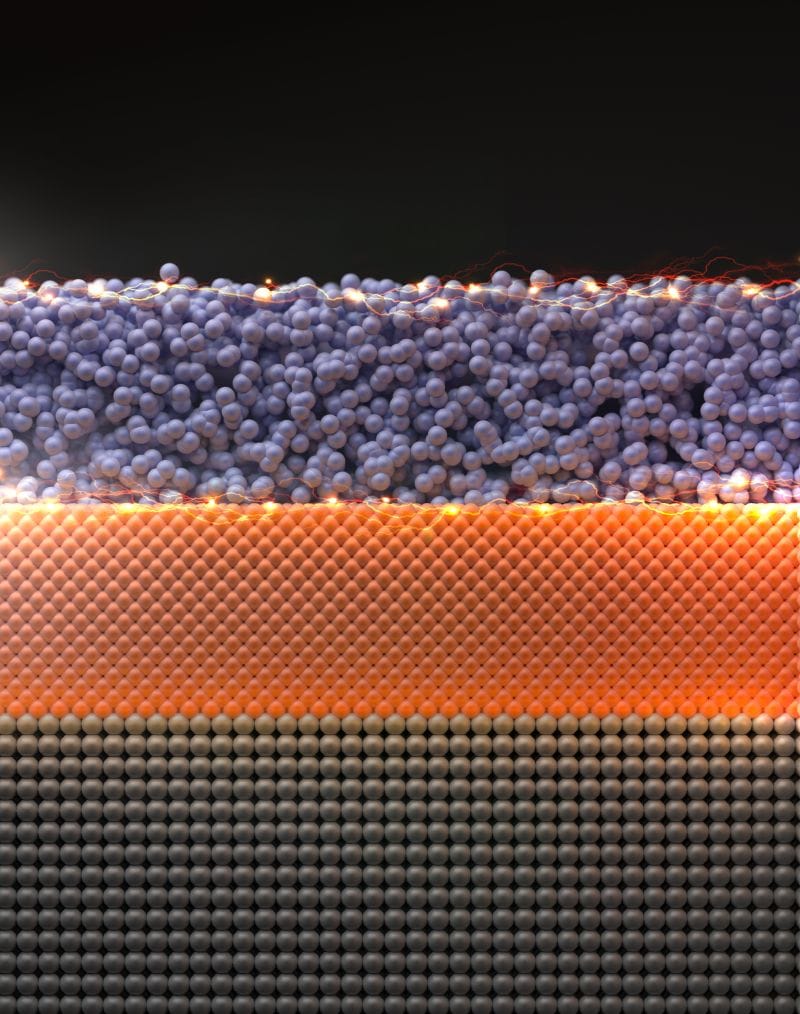RSS feed source: National Science Foundation
Supported by the U.S. National Science Foundation, physicists have revealed the presence of a previously unobserved type of subatomic phenomenon called a fractional exciton. Their findings confirm theoretical predictions of a quasiparticle with unique quantum properties that behaves as though it is made of equal fractions of opposite electric charges bound together by mutual attraction.
The discovery was supported by NSF through multiple grants and laboratory work performed at the NSF National High Magnetic Field Laboratory in Tallahassee, Florida. The results are published in Nature and show potential for developing new ways to improve how information is stored and manipulated at the quantum level, which could lead to faster and more reliable quantum computers.
“Our findings point toward an entirely new class of quantum particles that carry no overall charge but follow unique quantum statistics,” says Jia Li, leader of the research team and associate professor of physics at Brown University. “The most exciting part is that this discovery unlocks a range of novel quantum phases of matter, presenting a new frontier for future research, deepening our understanding of fundamental physics and even opening up new possibilities in quantum computation.”
Li and his team were able to observe fractional excitons by using a phenomenon known as the fractional quantum Hall effect, which occurs when a strong magnetic field is applied to layers of atomically thin
Click this link to continue reading the article on the source website.



